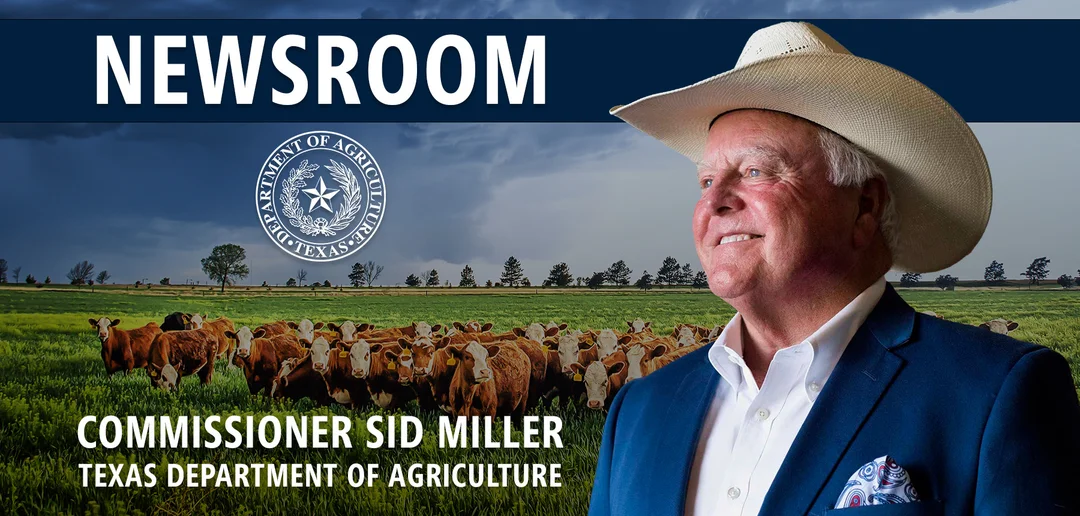
The Ongoing Debate Over The Endangered Species Act And Its Impact On Rural America
The Endangered Species Act (ESA) has long acted as a linchpin in the conservation battle, but its recent transformations have ignited a contentious debate among political and agricultural factions across the United States. Recently, Kansas Congressman Tracey Mann called for re-evaluating the status of the lesser prairie chicken, advocating for delisting the species amid claims that its population is naturally increasing. This pushback against the ESA underscores larger concerns about how environmental regulations may hinder economic growth in rural communities.
Historically, the ESA was established to protect endangered species and their habitats; however, interpretation and enforcement of the law have often led to tension between conservationists and agricultural interests. Congressman Mann speaks to the increasing frustration felt by farmers, noting that fluctuations in the lesser prairie chicken population mirror rainfall patterns rather than indicating true threats to the species. He insists that this relationship should inform regulatory measures. In Mann's view, the heavy burdens placed on agricultural producers due to these regulations do not reflect the realities of wildlife populations.
In a similar vein, Texas Commissioner Sid Miller accused the Biden Administration of weaponizing the ESA against rural America. He highlights instances where voluntary conservation efforts by local landowners have been overlooked, suggesting that these initiatives should be rewarded rather than punished. For Miller, the current administration’s actions threaten not just individual species, but the very fabric of rural economies that depend on agricultural and energy production.
These changing dynamics within the ESA reflect a broader ideological divide over conservation and economic growth. While strict regulations are intended to safeguard wildlife, they often face backlash from those who view such measures as detrimental to farming and energy industries. One notable example is the battle over the Delta smelt, a critter that President Trump has publicly blamed for California's water crisis. The perception that endangered species regulations unfairly stifle economic growth adds to the urgency of calls for reform.
The current discourse indicates a move toward redefining what it means to "harm" an endangered species under the ESA, potentially narrowing its protective scope. The proposed changes may allow for greater development and land use, raising fears among environmental advocates that these shifts could endanger already vulnerable species. Noah Greenwald from the Center for Biological Diversity warns that these amendments could lead to a rapid decline in habitat protections, sealing the fate of species teetering on the brink of extinction.
As this complex narrative continues to unfold, one must ponder the crucial question: can the goals of conservation and economic development coexist? The stakes are high, and the voices of rural America are increasingly clamoring for a reevaluation of longstanding environmental policies. Please share your thoughts on this sensitive balance—what do you believe should be prioritized: environmental protections or economic growth?